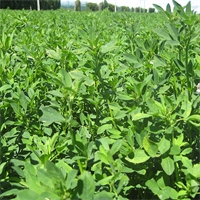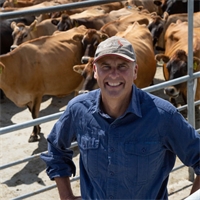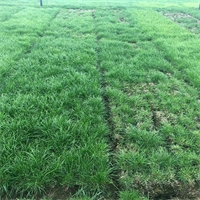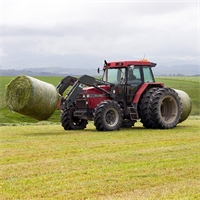03Aug
Triple drench resistance an emerging issue
Triple drench resistance an emerging issue
Words and Images supplied Beef + Lamb New Zealand
Livestock monocultures and inappropriate drenching practices are contributing to the emergence of internal parasite resistance to triple combination drenches.
AgResearch’s Animal Health scientist, Dr Dave Leathwick says resistance to triple combination drenches is always a consequence of management practices and decisions. To date, these have typically involved either running a single enterprise on the one property—such as lamb finishing or bull beef—or the excessive use of long-acting drenches.
As a single enterprise, lamb finishing is particularly problematic, with finishers buying in large numbers of animals on the open-market and bringing “other peoples’ worm problems” onto their own property.
Lambing finishing under irrigation is even worse and creates what Leathwick describes as a “worm factory.”
The risk is similar with dairy bull finishing, with the added complication of the emergence of drug resistance in Ostertagia, which is a particularly production-limiting internal parasite in cattle.
Leathwick says farmers with properties that have resistance to triple combination drenches in more than one parasite are faced with potentially having to significantly change their farming operations to deal with the problem.
“For these farmers, it’s going to be a serious issue and they are going to struggle with this.”
He urges farmers to think about their management practices, as he has yet to see a case of triple combination resistance that has not been entirely predictable.
“My message for farmers is if you are going to continue to ignore what the science says, there are consequences and they are inevitable. Drug resistance is not a random event.”
“We know many of the factors that lead to resistance and that if you do the right things, resistance need not be an issue.”
There are still farms throughout the country where every drench class is still 100 per cent effective against all worms, but farmers need to ensure they follow best-practice management around parasite control and drenching to retain that efficacy.
A good example is drenching lambs every 28–30 days from the start of December- irrespective of how well the lambs are doing.
Leathwick says in good springs, where there is plentiful feed and stock are doing well, farmers will often delay or extend the period between drenches. This just increases pasture contamination with worm larvae and the effect of this is felt in autumn when farmers are suddenly struggling to finish lambs and performance drops.
He says the strict 28-30-day drenching regime was designed in the 1970s to manage pasture contamination—not because the lambs needed drenching at the time—and failure to follow it will often result in problems later in the season.
“If you follow it and follow it rigorously you have a much lower chance of having problems later in the year.”
Too often farmers will think of drenching in terms of a monthly event, but when one drench is at the start of the month and the second at the end of the following month, this can be up to seven weeks between drenches, which is just too long. It needs to be 28-30 days.
For the same reason, Leathwick doesn’t recommend basing lamb drenching decisions on Faecal Egg Counts.
“It doesn’t work. You will only end-up drenching in autumn and winter and in the mean-time you’ve lost production.
“The reason you drench lambs in spring and summer is not because the animals need a drench, it’s to stop pasture contamination later in the season.”
He does however recommend occasionally collecting faecal samples a week after drenching lambs to see whether there are any eggs present and if so, get a picture of the larvae differential.
Leathwick says Faecal Eggs Counts don’t provide the full picture. For example, a 500-egg count in a mixed-age ewe might be made up of Cooperia and Longtail parasites which have no or limited pathology. Compare that to a 500-egg count in a 35kg lambs that is made up of the production-limiting internal parasites Trichostrongylus and Ostertagia and it is a very different scenario.
“There are so many variables that some arbitrary level is not a good indicator of the need to treat.”
“A farmer with a good eye is better than a FEC at deciding whether an animal needs drenching or not.”
He says internal parasites are not always the problem in poor performing animals, but drenching is a good place to start.
For more information click on these resources on the B+LNZ website www.beeflambnz.com
Related

Farmers looking to prolong the longevity and health of their lucerne stands have a new weed control ...
Read More

Following over nine years’ service to Ruralco as Board Director and ATS Group Chairma...
Read More

Mohaka is bringing a new name to the hybrid ryegrass category with new, high producing genetics and ...
Read More

As I write this update, Canterbury’s Port Hills are burning. With evacuations, monsoon buckets, hel...
Read More

Affectionately known as “The Glob” GlobalHQ’s rural health caravan was the brainchild long time r...
Read More

Replacing the nutrients removed by hay or silage keeps soil fertile and productive.
Read More